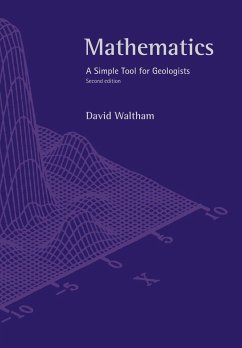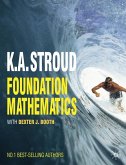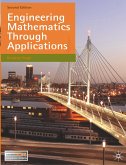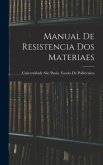assumes no maths background beyond GCSE
very easy to understand and full of geological examples thatshow relevance of maths
plenty of worked examples and problems
supplementary material (spreadsheets) can be downloaded fromweb
new material on use of spreadsheets has been added for newedition
.
This book is for students who did not follow mathematics through tothe end of their school careers, and graduates and professionalswho are looking for a refresher course. This new edition containsmany new problems and also has associated spreadsheets designed toimprove students understanding. These spreadsheets can also beused to solve many of the problems students are likely to encounterduring the remainder of their geological careers.
The book aims to teach simple mathematics using geologicalexamples to illustrate mathematical ideas. This approach emphasizesthe relevance of mathematics to geology, helps to motivate thereader and gives examples of mathematical concepts in a contextfamiliar to the reader. With an increasing use of computers andquantitative methods in all aspects of geology it is vital thatgeologists be seen as numerate as their colleagues in otherphysical sciences. The book begins by discussing basic tools suchas the use of symbols to represent geological quantities and theuse of scientific notation for expressing very large and very smallnumbers. Simple functional relationships between geologicalvariables are then covered (for example, straight lines,polynomials, logarithms) followed by chapters on algebraicmanipulations. The mid-part of the book is devoted to trigonometry(including an introduction to vectors) and statistics. The last twochapters give an introduction to differential and integralcalculus. The book is prepared with a large number of workedexamples and problems for the students to attempt themselves.Answers to all the questions are given at the end of the book.
very easy to understand and full of geological examples thatshow relevance of maths
plenty of worked examples and problems
supplementary material (spreadsheets) can be downloaded fromweb
new material on use of spreadsheets has been added for newedition
.
This book is for students who did not follow mathematics through tothe end of their school careers, and graduates and professionalswho are looking for a refresher course. This new edition containsmany new problems and also has associated spreadsheets designed toimprove students understanding. These spreadsheets can also beused to solve many of the problems students are likely to encounterduring the remainder of their geological careers.
The book aims to teach simple mathematics using geologicalexamples to illustrate mathematical ideas. This approach emphasizesthe relevance of mathematics to geology, helps to motivate thereader and gives examples of mathematical concepts in a contextfamiliar to the reader. With an increasing use of computers andquantitative methods in all aspects of geology it is vital thatgeologists be seen as numerate as their colleagues in otherphysical sciences. The book begins by discussing basic tools suchas the use of symbols to represent geological quantities and theuse of scientific notation for expressing very large and very smallnumbers. Simple functional relationships between geologicalvariables are then covered (for example, straight lines,polynomials, logarithms) followed by chapters on algebraicmanipulations. The mid-part of the book is devoted to trigonometry(including an introduction to vectors) and statistics. The last twochapters give an introduction to differential and integralcalculus. The book is prepared with a large number of workedexamples and problems for the students to attempt themselves.Answers to all the questions are given at the end of the book.








